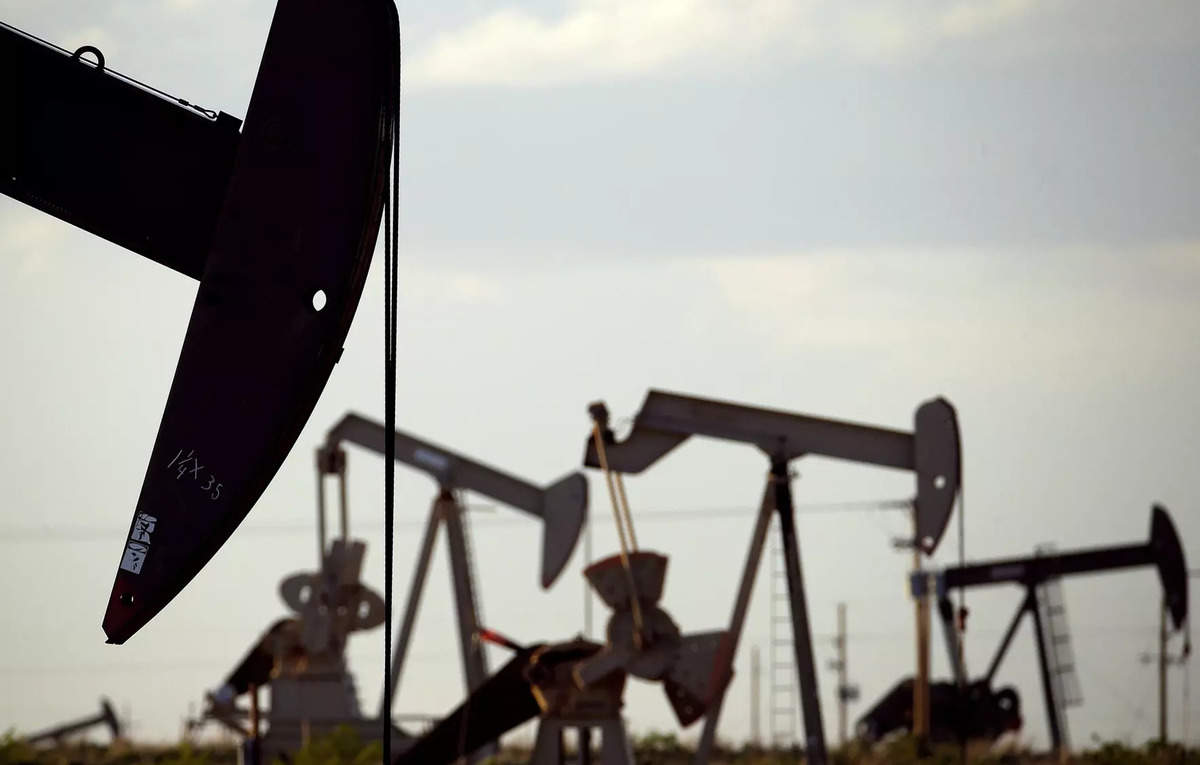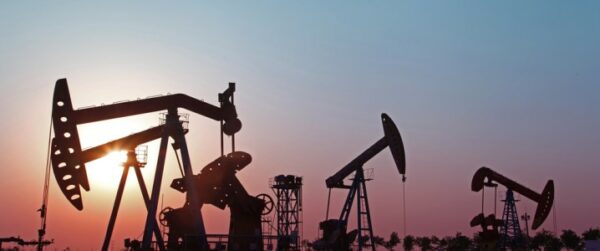Oil companies flare more natural gas, defying effort to eliminate practice, ET

Oil companies around the world last year burned off the most natural gas in five years while also increasing the intensity of the highly polluting practice, a World Bank report found on Thursday.
With only six years left to meet a World Bank goal of stopping routine flaring, the companies burned off an estimated 148 billion cubic meters of gas in 2023, up 7% from 2022 even as crude oil production rose only 1% over the same time.
Drilling for oil often yields natural gas as well, and some companies opt to flare, or burn, this gas instead of capturing and storing it, usually arguing that building the infrastructure needed is not commercially viable.
The growth in flaring more than reversed reductions made in 2021 and 2022, the report from the World Bank’s Global Gas Flaring Tracker said, adding that “global efforts to reduce gas flaring have not been sustainable and urgent action is needed.”
continued below
Eliminating the practice would cut at least 381 million tonnes of carbon dioxide equivalent in environmentally harmful emissions released into the atmosphere.
“Substantial reductions in gas flaring and flaring intensity are achievable through effective partnerships and the creation of solutions to monetize associated gas,” the report said.
Nine major oil-producing countries account for 75% of flaring and 46% of oil output. They are Russia, Iran, Iraq, the United States, Venezuela, Algeria, Libya, Nigeria and Mexico, in order of volumes of gas burned off.
The report said Algeria and Venezuela had reduced flaring, but those gains were eroded by Iran, Russia, the United States and Libya, among others.
Flaring intensity, or the volume of gas flared per barrel of oil produced, is the highest in countries affected by instability, conflict or violence.
The World Bank, working with the Colorado School of Mines in the United States, calculated the flaring figures based on data from satellites.
Most Read in Oil & Gas
Join the community of 2M+ industry professionals
Subscribe to our newsletter to get latest insights & analysis.
Download ETEnergyworld App
Get Realtime updates
Save your favourite articles
This article was originally published by a energy.economictimes.indiatimes.com
Read it HERE







